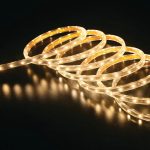Inside the Bright World of LED Light Bulbs: What Are They Made Of?
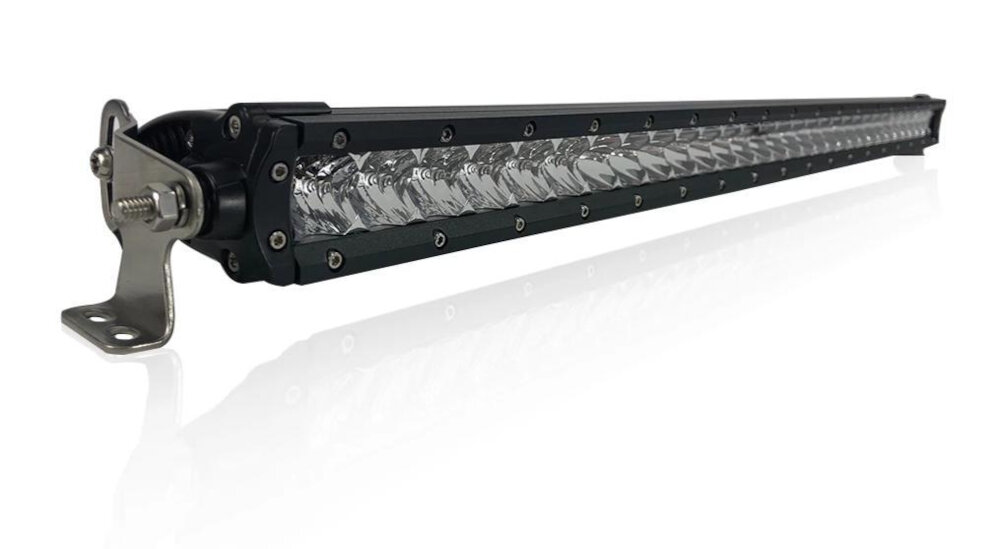
In the modern world, LED light bulbs are becoming increasingly popular due to their energy efficiency and longevity. LED bulbs use less energy and last longer than traditional incandescent bulbs, making them an attractive option for those looking to save on their energy bills and reduce their carbon footprint. However, have you ever stopped to wonder what makes up these small, yet mighty, sources of light? To answer this question, we must delve into the bright world of LED light bulbs and explore what they are made of. From the outer casing to the inner workings, LED bulbs are composed of several key components that work in unison to produce the light we see. Understanding the materials that make up LED bulbs can help us appreciate their value and improve our knowledge of the technology behind them. So, let’s take a closer look at the fascinating world of LED light bulbs and discover the secrets of their composition.
LED light bulbs are a relatively new and rapidly developing technology in the lighting industry. They are composed of a small semiconductor device called a light-emitting diode (LED) that emits light when an electric current passes through it. The LED is mounted on a heat-conducting material, such as aluminum, which helps to dissipate the heat generated by the LED. The LED is then encased in a plastic or glass enclosure that focuses and diffuses the light emitted by the LED. LED light bulbs are known for their energy efficiency, durability, and long lifespan, making them a popular choice for residential and commercial lighting applications. Additionally, because LED light bulbs do not contain hazardous substances such as mercury, they are more environmentally friendly than traditional incandescent and fluorescent light bulbs.
LED light bulbs are becoming increasingly popular due to their energy efficiency, long lifespan, and environmental benefits. Unlike traditional incandescent bulbs, LED bulbs use less energy and last up to 25,000 hours, reducing the need for frequent replacements. Additionally, LED bulbs do not contain harmful substances such as mercury, making them a safer and more sustainable option. LED bulbs also offer a variety of color options and can be dimmed, making them versatile for different settings and moods. With the benefits of LED technology, it’s no wonder that they are rapidly replacing traditional light bulbs in homes, businesses, and public spaces.
Components of LED light bulbs
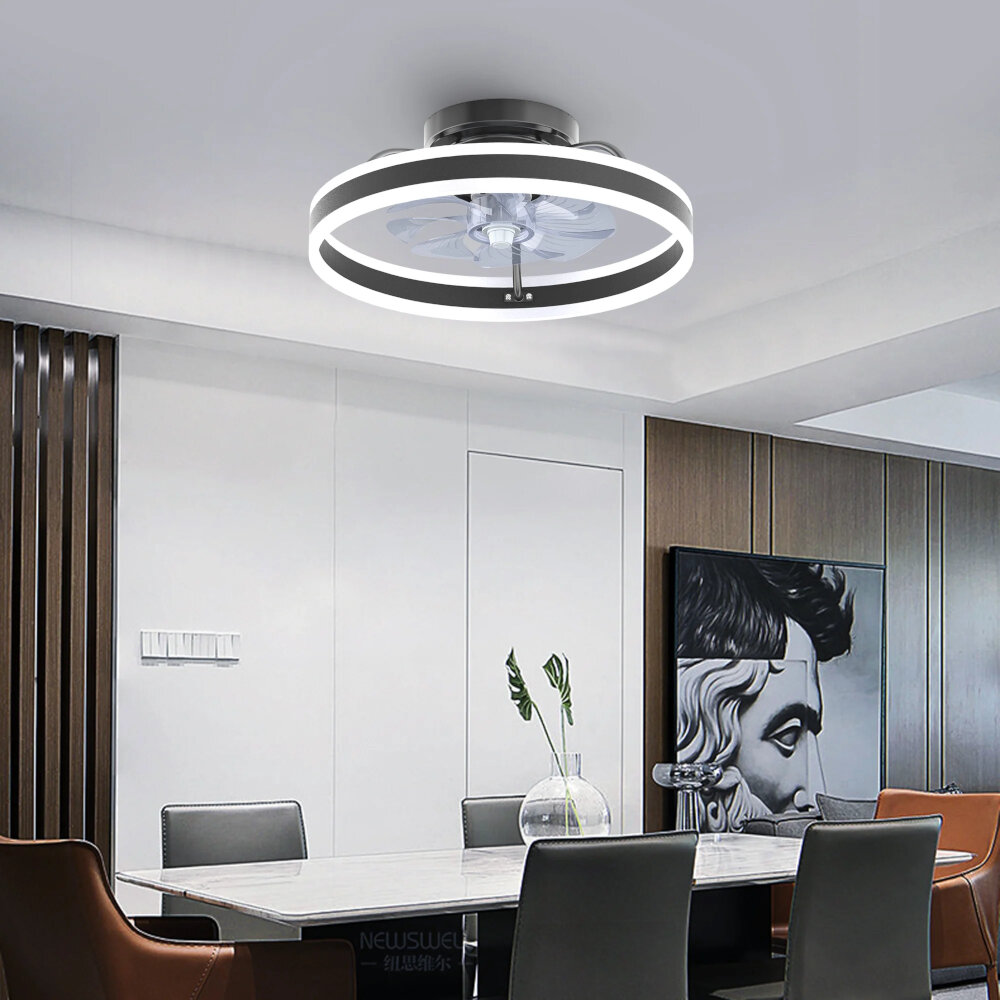
LED light bulbs are a modern and energy-efficient alternative to traditional incandescent bulbs. They are made up of several components that work together to produce bright and long-lasting light. The most important component of an LED bulb is the LED or light-emitting diode. LEDs are small semiconductor devices that emit light when an electric current is passed through them. They are highly efficient and can produce light with very little heat loss, making them a popular choice for lighting applications. Another essential component of an LED bulb is the driver. The driver is an electronic device that regulates the amount of electric current that flows through the LED. It ensures that the LED receives the right amount of power to produce the desired level of brightness. The driver also protects the LED from power surges and voltage fluctuations, which can damage the LED or reduce its lifespan. Other components of an LED bulb include the heat sink, which dissipates the heat generated by the LED, and the lens, which focuses and directs the light emitted by the LED. Together, these components make LED bulbs a reliable and energy-efficient lighting solution that can last for many years.
LED chips are the heart and soul of LED light bulbs, responsible for converting electrical energy into light. They are made of semiconductor materials such as gallium nitride or indium gallium nitride, which are deposited onto a substrate through a process called epitaxy. This process creates a crystal structure that enables the flow of electrons through the material, resulting in the emission of light. The size and arrangement of the chips determine the brightness and color of the LED bulb. With their energy efficiency, long lifespan, and versatility in color and design, LED chips have revolutionized the lighting industry, providing a bright and sustainable alternative to traditional incandescent bulbs.
A heat sink is an essential component in LED light bulbs that helps manage the heat generated by the LED chips. This component is usually made of aluminum or copper and has a large surface area that dissipates the heat produced by the LEDs. The heat sink is designed to transfer the heat away from the LED chips, ensuring that they operate within their optimal temperature range. This helps to prolong the lifespan of the LEDs and maintain their brightness over time. Heat sinks come in various shapes and sizes, and their effectiveness is determined by their surface area, material, and design. Without a heat sink, LED light bulbs would overheat quickly, leading to reduced performance and premature failure.
The driver is a crucial component in LED light bulbs as it regulates the amount of electricity that flows through the bulb. It converts AC voltage from the power source into DC voltage that the LED can use. Drivers can either be built into the bulb or can be an external component. The driver also helps to control the brightness and dimming capabilities of the bulb. Without a driver, LED light bulbs would not be able to function properly and could potentially be damaged by excessive amounts of electricity. As the LED lighting industry continues to grow and evolve, advancements in driver technology will allow for even more efficient and customizable lighting options.
While LED light bulbs are revolutionizing the lighting industry with their energy efficiency and durability, they are also changing the way we think about housing. With LED bulbs lasting up to 25 times longer than traditional incandescent bulbs, homeowners and businesses can save money on replacements, maintenance, and energy bills. Additionally, LED lights do not produce heat in the same way as incandescent bulbs, making them a safer option for homes and reducing the risk of fire. As LED technology continues to improve, we can expect to see even more innovative uses for these bulbs in the realm of housing, from smart lighting systems that can be controlled remotely, to designs that integrate lighting into the very structure of a building.
Materials used in LED light bulbs

LED light bulbs are becoming increasingly popular due to their energy efficiency and long lifespan. These bulbs are made up of a variety of materials that work together to create a bright and long-lasting light source. One of the key components of an LED bulb is the semiconductor material. This material is responsible for converting electrical energy into light, making it an essential part of the bulb. Common semiconductor materials used in LED bulbs include gallium nitride, indium gallium nitride, and aluminum gallium indium phosphide. These materials are carefully chosen based on their ability to emit bright light while remaining energy-efficient. Another important material used in LED bulbs is the heat sink. LED bulbs generate a significant amount of heat during use, which can cause damage to the bulb if not properly managed. Heat sinks are typically made of aluminum or copper and are designed to dissipate heat away from the bulb, helping to prolong its lifespan. Other materials used in LED bulbs include the plastic housing, which protects the bulb and helps to direct the light, and the electronic components that control the flow of electricity through the bulb. All of these materials work together to create a reliable, energy-efficient, and long-lasting light source that is perfect for a variety of applications.
LED chips are the heart of any LED light bulb. These tiny semiconductors are responsible for converting electrical energy into light. The most common material used to make LED chips is gallium nitride (GaN). This compound is highly resistant to heat and can withstand very high temperatures, making it ideal for use in LED lighting. GaN LED chips can produce light with greater efficiency and brightness than traditional incandescent bulbs, and they last much longer. In addition, LED chips can be manufactured in a wide range of colors and shapes, allowing for greater flexibility in lighting design. Overall, LED chips are a crucial component in the development of energy-efficient and long-lasting LED light bulbs.
Heat sink, also known as a thermal sink, is a crucial component in LED light bulbs made of aluminum or copper. Its primary function is to dissipate the heat generated by the LED component and prevent the bulb from overheating. The heat sink works by absorbing the heat from the LED and transferring it to the surrounding air or a liquid coolant. The material used for the heat sink is important because it must have high thermal conductivity to efficiently transfer the heat. Aluminum and copper are commonly used for their excellent thermal conductivity properties. The heat sink’s design varies depending on the bulb’s size, shape, and intended use, but its importance in prolonging the LED bulb’s lifespan and enhancing its performance cannot be overstated.
A driver is an electronic component that plays a crucial role in LED light bulbs. It is responsible for regulating the power that is supplied to the LED chips, ensuring that they receive the correct voltage and current to function efficiently. LED drivers are designed to convert alternating current (AC) to direct current (DC), which is what LEDs require to operate. They also have a variety of features that make them highly versatile, such as dimming capabilities and the ability to control color temperature. Without drivers, LED light bulbs would not be able to function properly, and their lifespan would be significantly reduced. As such, drivers are an essential component of the LED lighting industry, and advancements in driver technology have helped to make LED bulbs more efficient and cost-effective over time.
Housing for LED light bulbs comes in a variety of materials, including plastic and glass. Plastic housings are often preferred for their durability and affordability. They are also lightweight, making them easy to handle and install. Glass housings, on the other hand, are more aesthetic and provide a more traditional look. They are also more heat resistant, which makes them ideal for high-temperature environments. Both materials offer advantages and disadvantages, and the choice often comes down to the specific application and personal preference. Regardless of the material, the housing plays a crucial role in protecting the LED chip and ensuring optimal performance and longevity.
Manufacturing process of LED light bulbs
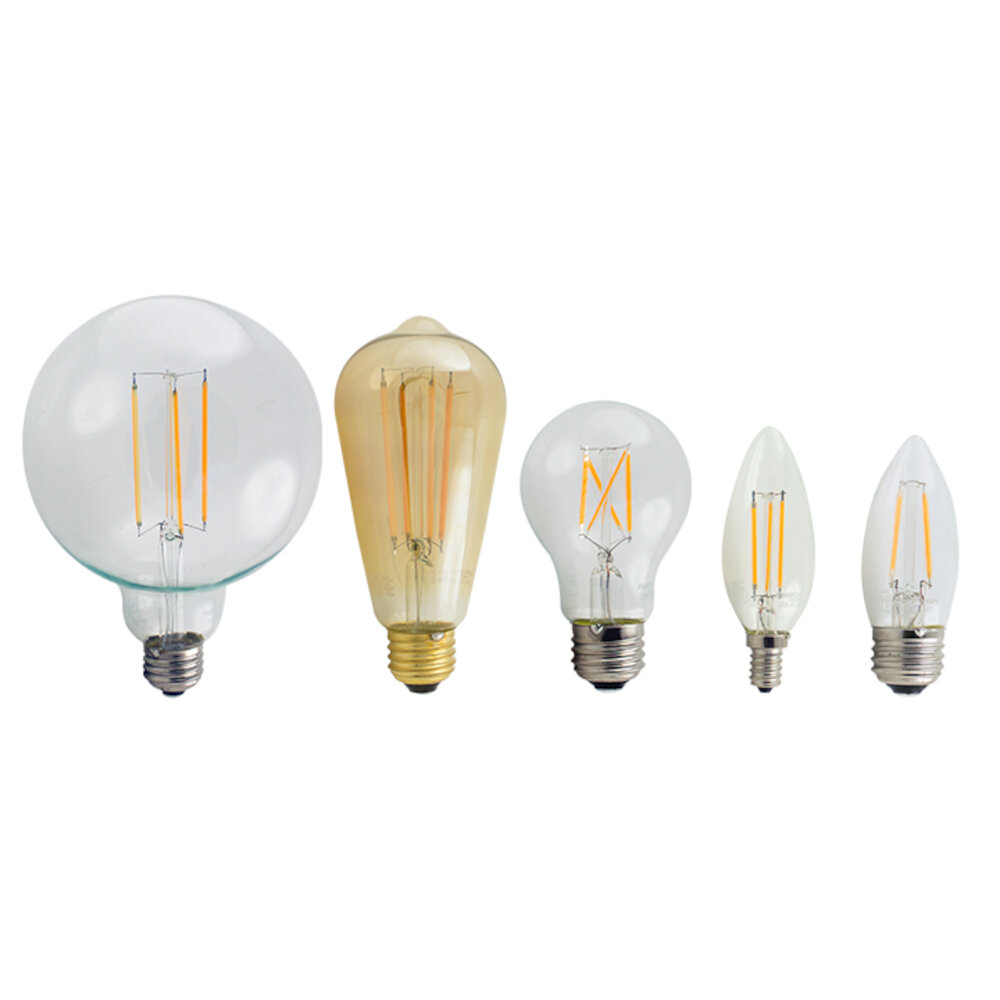
The manufacturing process of LED light bulbs involves several steps, each of which is essential to ensure the quality and efficiency of the final product. The first step involves the creation of the LED chip, which is made of a semiconductor material such as gallium nitride or indium gallium nitride. This process involves the use of specialized equipment to deposit layers of material onto a substrate, which is then cut into tiny squares to create the individual LED chips. Once the LED chips have been created, they are mounted onto a printed circuit board (PCB) using a special adhesive. The PCB also contains other components such as resistors and capacitors, which are necessary to regulate the voltage and current of the LED. The PCB is then attached to a heat sink, which helps to dissipate the heat generated by the LED. Finally, the entire assembly is encased in a plastic or glass shell, which protects the LED and provides a means of connecting the bulb to a power source. The result is a highly efficient, long-lasting light source that is ideal for a wide range of applications, from home lighting to automotive headlights.
The production of LED chips is a complex process that involves several stages. It starts with the creation of a substrate, usually made of silicon or sapphire, on which the LED will be built. Then, a series of thin layers are deposited on the substrate using a process called epitaxy. These layers are made of different materials, such as gallium nitride and indium gallium nitride, and are carefully designed to create the desired properties of the LED. Once the layers are complete, the wafer is sliced into individual chips, which are then packaged and tested before being sold. This process requires precision and attention to detail, as even a small error can affect the performance of the finished LED. Nevertheless, the benefits of LED lighting, including energy efficiency and long lifespan, make the effort well worth it.
The assembly of LED components is a complex process that involves several intricate steps. First, the LED chips are mounted onto a substrate, typically made of ceramic or metal. Next, a phosphor coating is applied to the chips to convert the blue light emitted by the chip into white light. The coated chips are then bonded to a heat sink, which helps dissipate the heat generated by the LEDs. Finally, a protective cover is added to the assembly to protect the LEDs from damage and to provide a specific beam angle. This process requires precision and attention to detail to ensure that the final product meets the high standards of quality and efficiency expected from LED light bulbs.
Quality control is an essential element in the production of LED light bulbs. It involves a set of measures that ensure that every bulb that comes out of the factory is of high quality and meets the required standards. This process begins from the selection of raw materials, where only the best quality materials are chosen. Then, during the manufacturing process, each stage is monitored closely to ensure that the bulbs are produced according to the specifications. Quality control also involves testing the finished products to ensure that they are functioning correctly and are free from defects. This process is crucial in ensuring that consumers get the best quality products that are safe, energy-efficient, and long-lasting.
Benefits of LED light bulbs
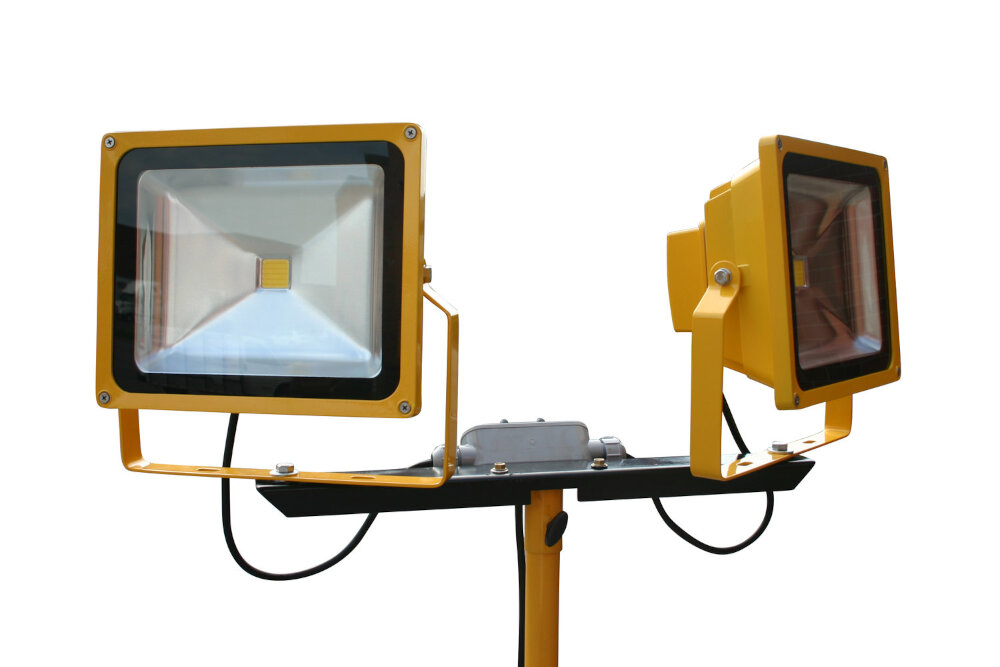
LED light bulbs have revolutionized the lighting industry with their numerous benefits. One of the most significant advantages of using LED lights is their energy efficiency. LED bulbs consume significantly less power than traditional incandescent bulbs and fluorescent bulbs, making them a more eco-friendly and cost-effective option. LED bulbs use up to 75% less energy than incandescent bulbs, which can result in significant savings on energy bills. Additionally, LED bulbs have a much longer lifespan than traditional bulbs, which means they need to be replaced less frequently, resulting in further cost savings. Another major advantage of LED bulbs is their durability. LED bulbs are made of sturdy materials that are resistant to shock, vibration, and extreme temperatures, making them ideal for use in both indoor and outdoor environments. They are also less prone to breakage or damage, making them a safer option for homes with children and pets. Additionally, LED bulbs do not emit harmful UV rays, which can damage surfaces and fabrics over time, making them a better choice for areas where UV exposure is a concern, such as artwork or photographs. Overall, LED bulbs offer numerous benefits that make them a superior choice for lighting solutions in homes and businesses alike.
Energy efficiency is a crucial factor to consider when it comes to lighting solutions. LED light bulbs are leading the way in this area by using less electricity than traditional incandescent bulbs. LED bulbs are made of semiconductor materials that convert electricity into light, making them highly efficient. They produce less heat than other types of bulbs, which means that they waste less energy. Additionally, LED bulbs have a longer lifespan, reducing the need for frequent replacements and ultimately leading to less waste. As our world becomes more focused on sustainability and reducing carbon footprints, LED bulbs are a smart choice for those looking to save on energy costs and help the environment.
The long lifespan of LED light bulbs is one of its most significant advantages. Unlike traditional incandescent bulbs, which have a lifespan of only a few thousand hours, LED bulbs can last for up to 50,000 hours or more. This longevity is due to the unique way LED bulbs work, which involves the use of semiconductors to create light. By eliminating the need for a filament, LED bulbs are more durable and resistant to breakage. Additionally, LED bulbs use less energy, which means less frequent replacements and lower energy bills. The extended lifespan of LED bulbs makes them an eco-friendly and cost-effective lighting solution for homes and businesses.
Environmentally friendly refers to products or practices that are designed to have minimal impact on the environment. LED light bulbs are a prime example of environmentally friendly technology. Unlike traditional incandescent bulbs, LED bulbs use significantly less energy and have a longer lifespan, reducing the amount of waste generated from discarded bulbs. Additionally, the materials used to make LED bulbs are often recyclable, further reducing their environmental impact. By choosing LED bulbs over traditional bulbs, individuals and businesses can make a small but meaningful contribution towards a more sustainable future.
When it comes to lighting our homes and businesses, finding a solution that is both energy-efficient and cost-effective in the long run is essential. LED light bulbs have become increasingly popular in recent years due to their ability to provide bright, high-quality illumination while consuming minimal amounts of energy. While the upfront cost of LED bulbs may be slightly higher than traditional incandescent bulbs, their extended lifespan and reduced energy usage make them a smart investment in the long term. Additionally, LED bulbs are made of durable materials that can withstand frequent use and are less likely to break or malfunction. Overall, choosing LED bulbs for our lighting needs is a wise choice that can save us money and benefit the environment in the long run.
LED light bulbs are made up of several components that work together to produce light efficiently. The most important part of the bulb is the LED chip, which is made of semiconductor materials such as gallium nitride or indium gallium nitride. These materials are chosen for their ability to convert electricity into light with minimal heat loss. The LED chip is then mounted onto a heat sink made of aluminum or copper to dissipate any remaining heat. The heat sink is surrounded by a plastic or glass enclosure that protects the LED chip and allows light to pass through. Finally, the bulb is connected to an electronic driver that regulates the flow of electricity to the LED chip. Overall, LED light bulbs are a complex combination of materials and components that work together to produce bright, energy-efficient light.
The importance of LED light bulbs cannot be overstated in today’s world. These bulbs are highly energy-efficient, long-lasting, and eco-friendly, making them the preferred choice for lighting solutions in homes and businesses. LED lights use up to 80% less energy than traditional incandescent bulbs, which translates into lower electricity bills and reduced carbon footprint. Additionally, LED lights can last up to 25 times longer than traditional bulbs, saving money on replacement costs and reducing waste. With a range of colors, sizes, and shapes available, LED lights are versatile and can be used in a variety of applications, from indoor lighting to outdoor and commercial lighting. In short, LED light bulbs are a smart investment for anyone who wants to save money and reduce their impact on the environment.
The future of LED technology is incredibly promising, with endless possibilities for innovation and advancement. From increased efficiency and longer lifespans to enhanced customization and smart capabilities, LED bulbs are poised to revolutionize the lighting industry. As these bulbs become more affordable and accessible, we can expect to see a widespread transition away from traditional incandescent and fluorescent lighting. Additionally, as environmental concerns continue to grow, LED technology offers a sustainable and energy-efficient solution. With continued research and development, the future of LED technology is sure to shine brightly.
Conclusion
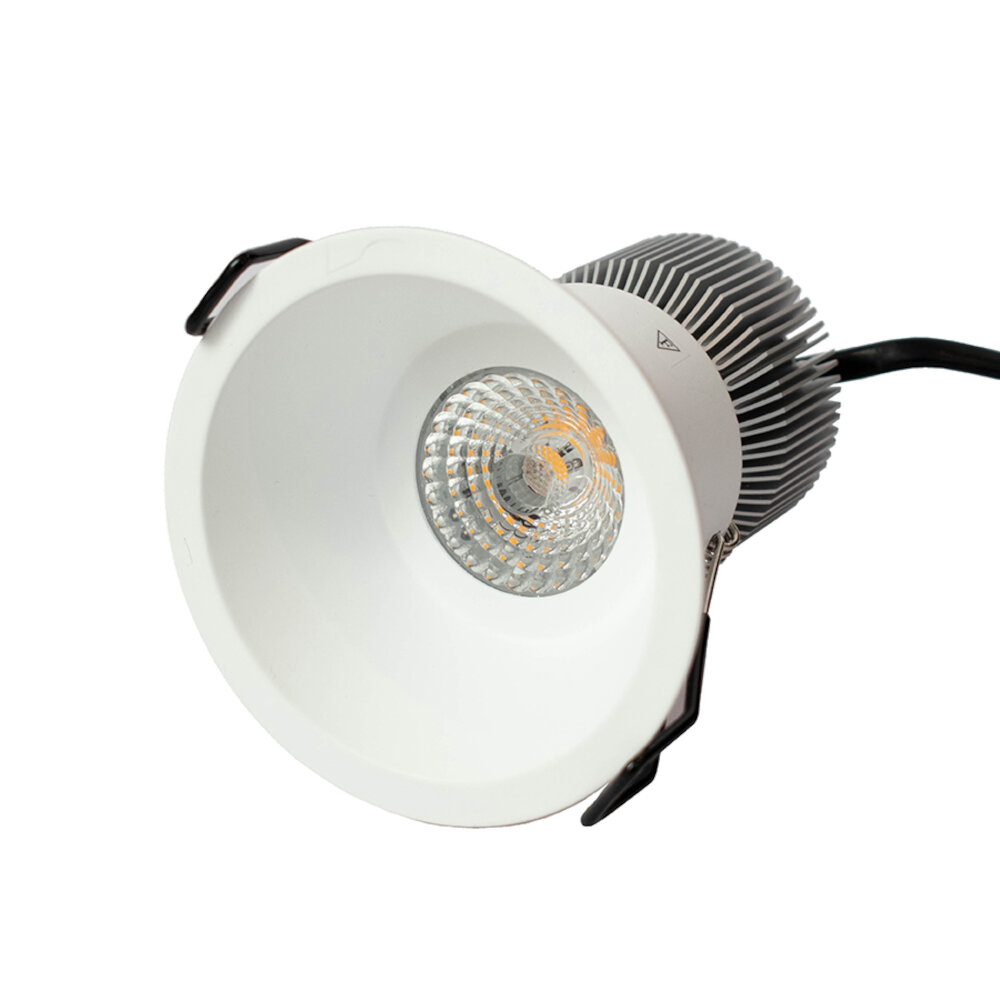
In conclusion, LED light bulbs have revolutionized the way we light up our world. These high-performance lights are made up of a variety of components, including semiconductors, diodes, and phosphors, all working together to create energy-efficient and long-lasting illumination. Through their innovative design and superior technology, LED lights have become an environmentally-friendly lighting solution that saves energy, reduces carbon emissions, and lowers electricity costs. As we continue to embrace the bright world of LED light bulbs, we can look forward to even more advancements in their design and construction, making them an essential component of our sustainable future.

